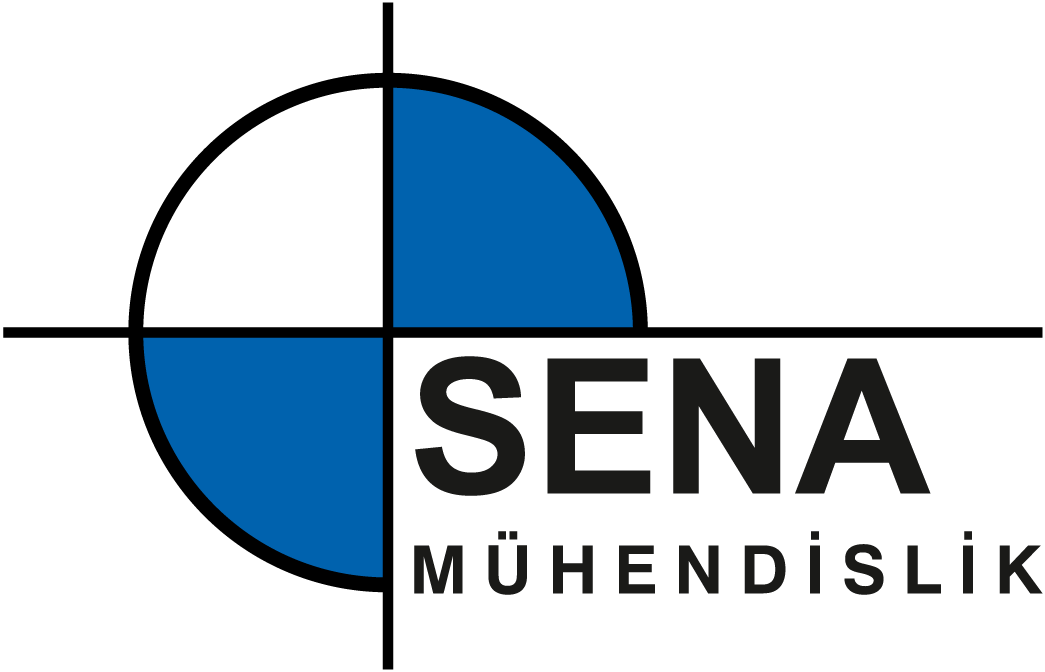First multivariate constant measured ANOVA demonstrated no impression to have fellow member sex so we folded the information and knowledge across it adjustable
I looked at the children yourself and they viewed this new faces one to at a time, and you can given analysis for the same services utilized in Try out 1, that have two exclusions. In lieu of responding to the things cooperative/uncooperative, i questioned people to respond to cooperates/doesn’t cooperate due to the fact pilot review indicated that they might understand such brands for the services. Prior to analysis, to ensure that the youngsters know the work, the new experimenter interested each kid used in using the 5-point Likert level which have graphic aids.
An experimenter showed the size for the youngster, and you can explained that they might be playing a casino game in which the baby would answer some inquiries utilizing the level. As an easy way off familiarizing professionals which have utilizing brand new size regarding the task, brand new experimenter questioned the little one to answer next questions: 1) “What is your own very favourite restaurants (decide to try address = ice-cream)?” and you can “How much might you instance ice-cream?” 2) “What is actually your the very least favourite eating (sample address = spinach)?” and you can “Simply how much might you such as for instance spinach?” and you may 3) “What exactly is a supper you consider is not crappy and not great, it’s simply “OK” (take to respond to = chicken) and “How much cash are you willing to such as for instance chicken?”. For children whom failed to display screen best use of each other concludes therefore the center portion of the level, brand new experimenter questioned a couple additional inquiries: 1) “Just how significant can be your mother/dad?” and you will 2) “Just how significant are you presently?” People indicated their wisdom from the pointing to your scale title or container one greatest portrayed the way to for each and every matter.
Pursuing the practice, people viewed this new stimulus confronts since the experimenter demonstrated per face for approximately 1 second to reveal them to all of the stimuli. Second the little one seen per deal with one after another and you can given a rating into attribute/decisions situations by replying to the second matter: “Just how ________ do you consider this person was?” (elizabeth.g., How friendly do you believe this individual is?”) or “Just how much do you think this individual ________?” Bosna mail order gelin (age.grams., Exactly how much you think this person provides issues making friends?) with the measure. Pupils was indeed encouraged to function immediately, in order to approximate the limited stimuli research day allowed to mature members during the Try 1. Such as Check out 1, i demonstrated all the item-face pairs in another of 28 arbitrary sales. The measures delivered to end potential rater bias inside the Try 2 were just like those in Try out 1.
Abreast of conclusion of one’s studies, each young one in addition to participated in a blog post-experimental session where the experimenter questioned the baby what properties they consider were more significant than looks also to cam on the something that they was basically “great at the.” This information-fresh training was created to diminish any emphasis the research methods could have place abreast of appearance, emphasize the significance of interior functions, and then leave per new member perception good about the involvement regarding research.
Overall performance and Discussion
As in Experiment 1, we reversed-scored the ratings for negative attributes and calculated mean ratings for each participant. Next we conducted a doubly multivariate repeated-measures analysis of variance (ANOVA) to determine the effects of facial attractiveness and attribute valence (positive, negative) on children’s judgments of sociability, altruism, and intelligence. The results for children tested in Experiment 2 were identical to those of adults in Experiment 1. Results indicated a significant effect for facial attractiveness, Wilks’? = .47, F (6, 109) = , p < .001,>
General Discussion
The objective of this research was to dictate this new directionality out of elegance stereotypes and especially if or not facial elegance is beneficial as prescribed by the “beauty-is-good” aphorism. As a whole, both for students and grownups, the answer is easy: Unappealing women can be getting left behind prior to both typical or glamorous female. It is more frequently the truth one to unattractiveness try “bad” than just that charm is actually “a beneficial.”
